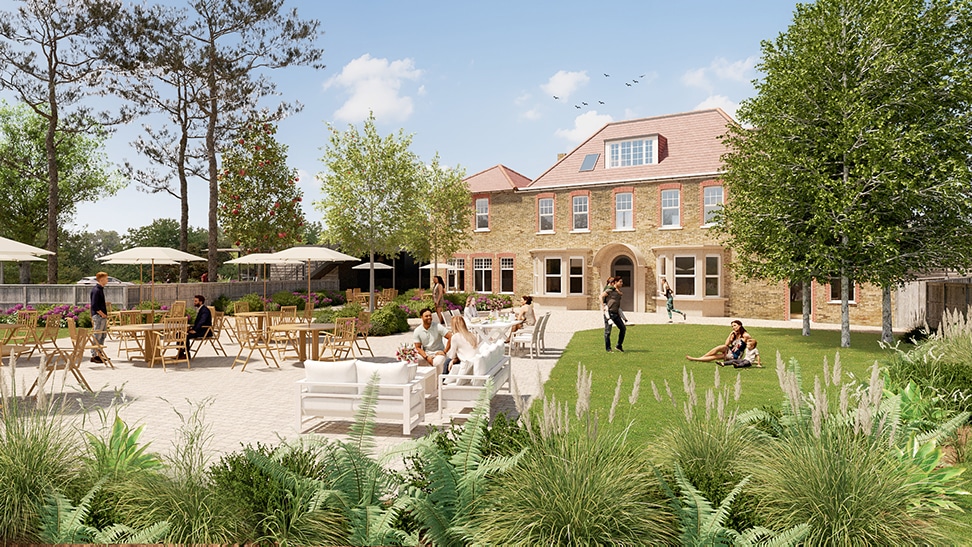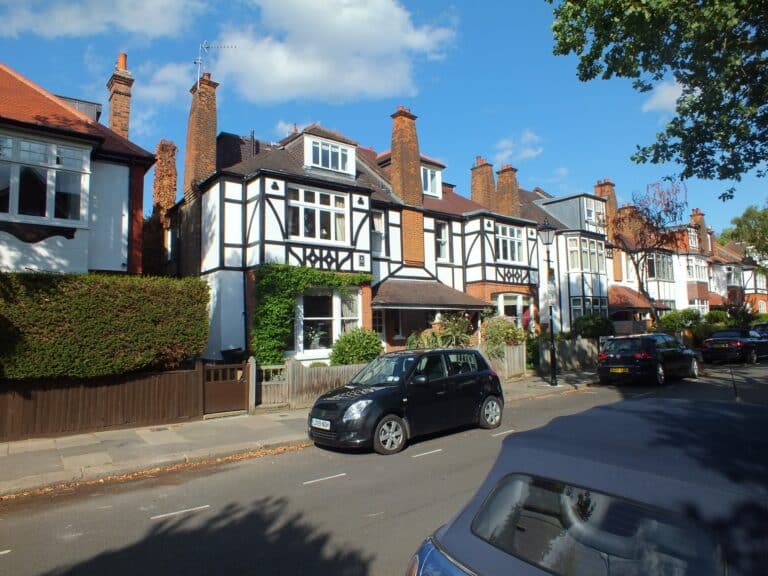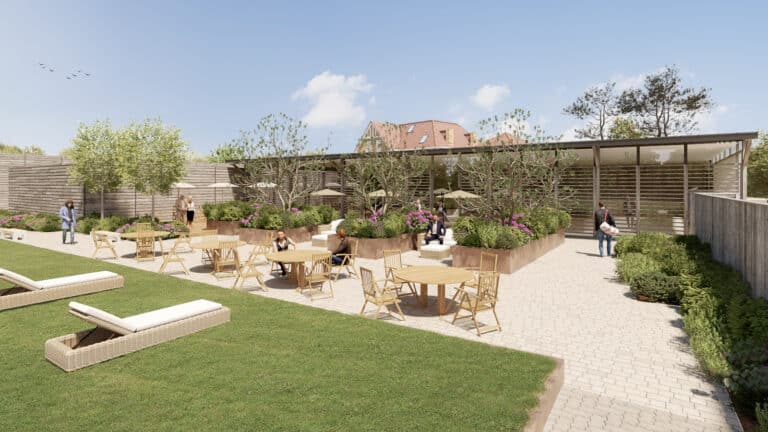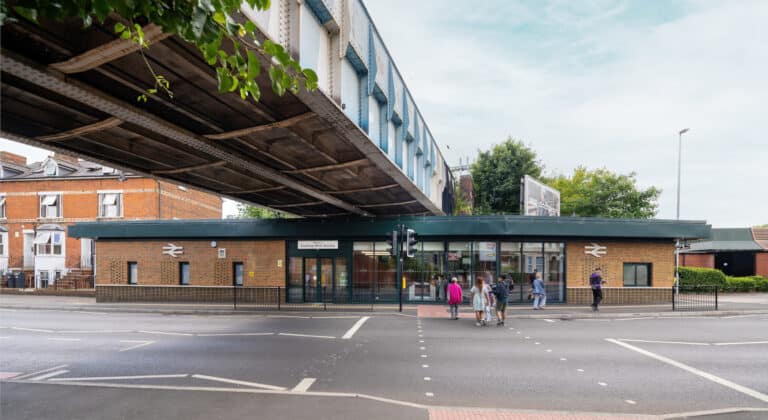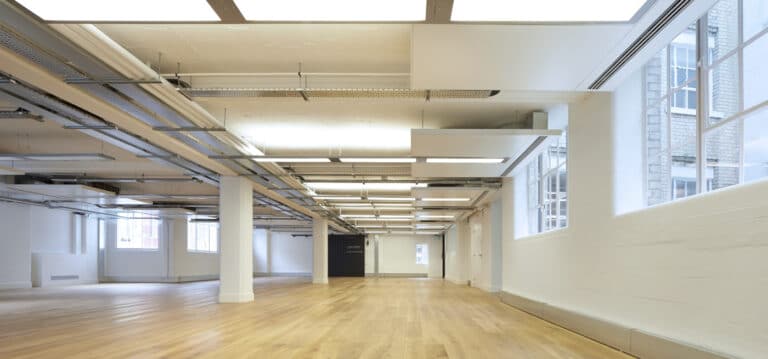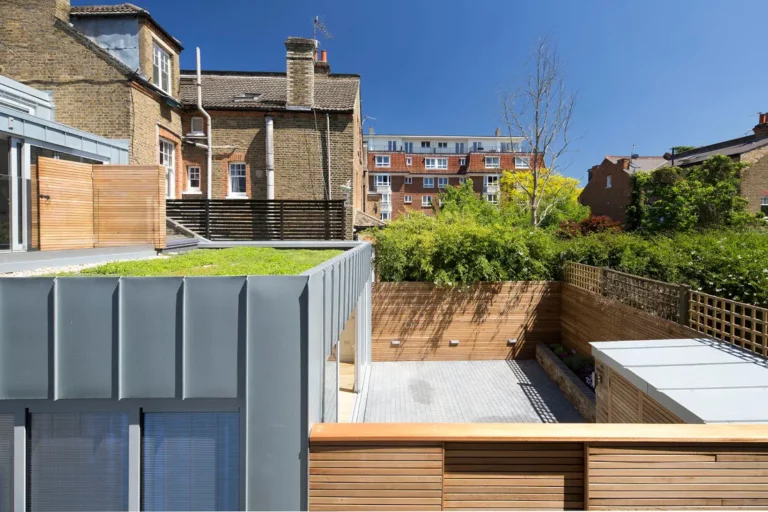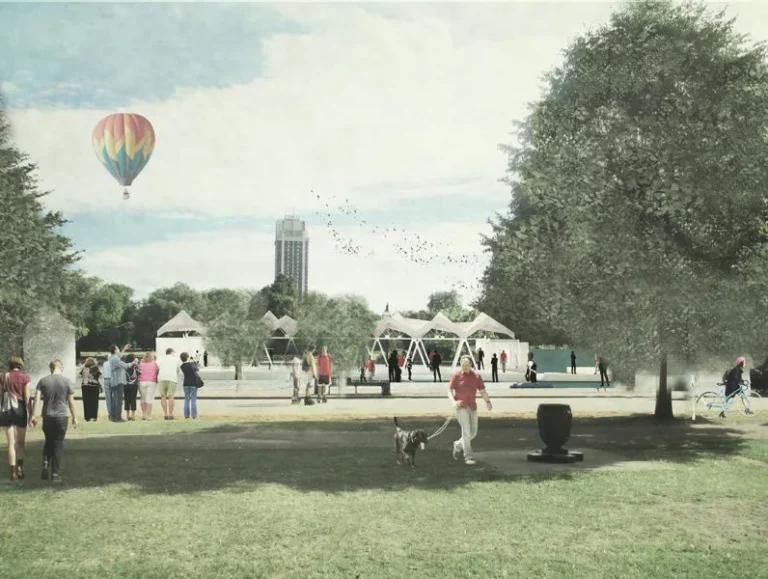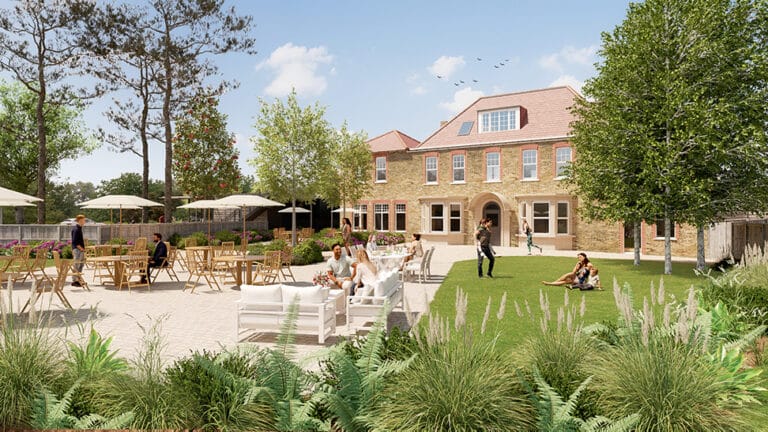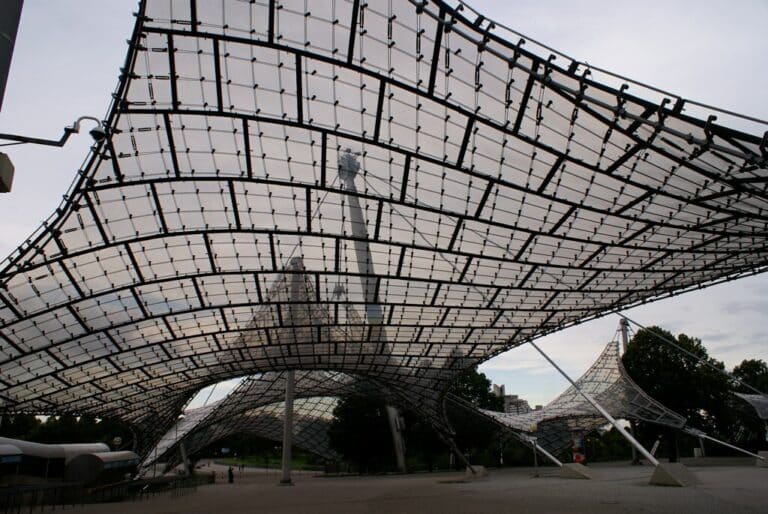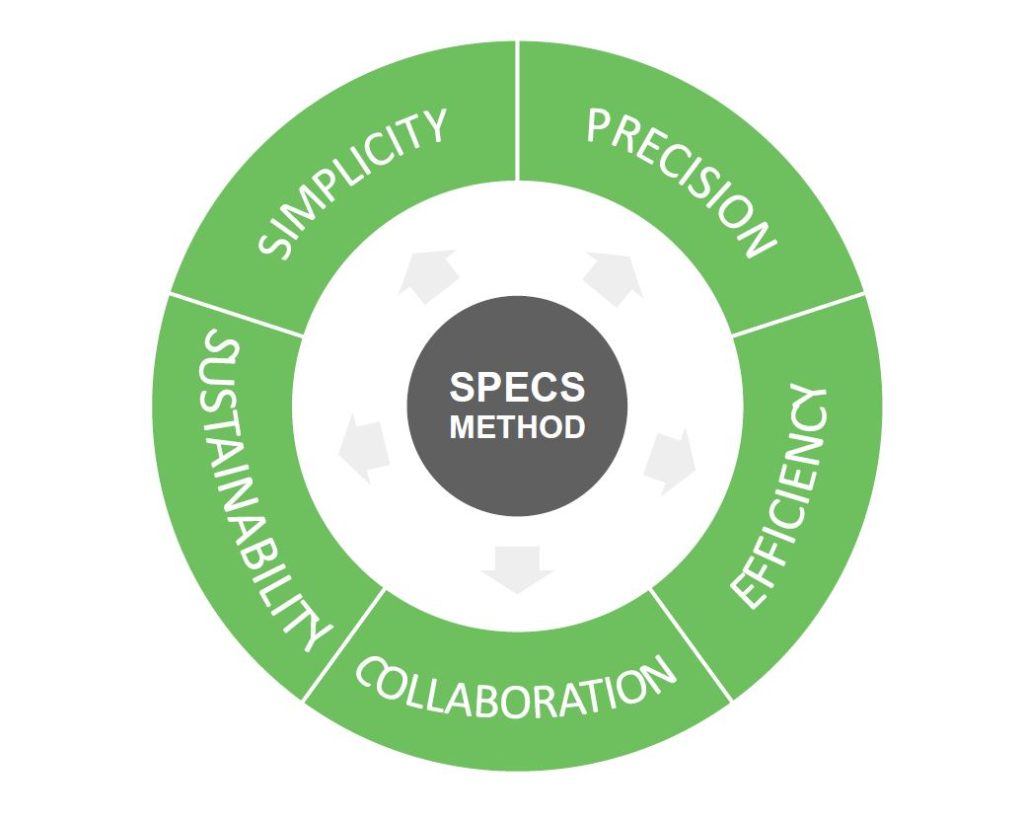👉The future of real estate depends on our ability to integrate nature (biodiversity) and business into core strategies in combination with other considerations. These might include:
1. Flexibility so you can adapt your building assets to meet your tenants’ requirements and maximise productivity.
2. A sustainability strategy that attracts better tenants. This can be achieved by commissioning buildings that produce more energy than they consume over their lifespan and include the following strategies:
✅ embodied energy in the materials used in the building
✅The energy needed to construct, heat or cool the building.
✅The amount of solar energy that can be harvested. Any new building you commission could be thought about as a power plant producing more energy than it consumes.
✅Maximising natural air flows based on wind orientation during the year.
✅Controlling and optimising natural daylight.
✅Insulating the building for maximum efficiency, using thermal mass where possible.
✅Recycling grey water.
✅Heat recovery and heat pump technology using earth or water to improve efficiencies.
3. Introducing health & well being into the building design to help improve your staff’s productivity. This might include gyms, prayer rooms, or quiet zones where people can work alone or in small teams.
These ideas need to be combined with technology to ensure rooms in the buildng are used efficiently and ensure the building’s internal lighting and temperature is optimised.
👉With the combination of these diverse components, you get: lower costs and an asset that is future proofed. The tenants or staff or club members that use your building benefit from better quality spaces, better ventilation and natural light which will hopefully encourage employees back into the office leading to better office culture and higher value human to human connections.
👉The outcomes of integrating natural systems and biodiversity with business are more lively cities full of young people wanting to come into the office to both work and then socialise after work. This creates life in the city and stimulates the economy.
👉We might also end up with more lively suburbs where work hubs can be created so people doing different types of work can meet and exchange ideas. Apart from less commuting overall we might end up with more innovative buildings that incorporate diverse programs (cafes, gyms etc) and richer more bio diverse landscapes both within the city and outside the suburban rings.
👉The question you might ask is: how can you future proof your assets and at the same time deliver a much better product, attracting better clients willing to pay more per square metre?
Image below is a new gym with exercise studios designed for the River Club using some of these principles.

